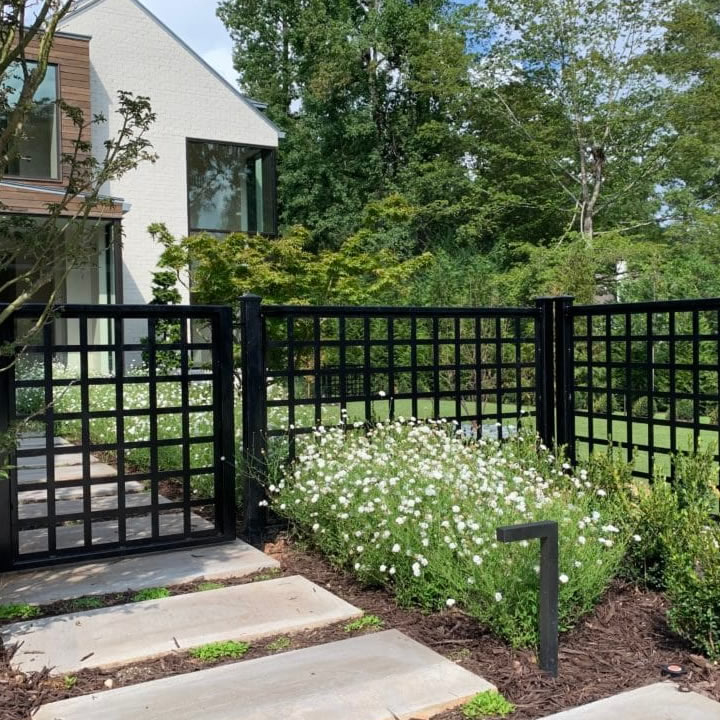In the realm of landscape architecture, every element plays a pivotal role in creating a cohesive, functional, and aesthetically pleasing outdoor space. Among these elements, fencing is not just a boundary marker or a security feature; it is a significant component that can enhance the overall design and feel of a landscape.
This integration of fence design with landscape architecture requires a careful balance of form, function, and creativity. The industrial fencing in Australia, where the landscape varies drastically, the choice needs to be both practical and harmonious with the surroundings.
Understanding the Landscape
The first step in integrating fence design with landscape architecture is to understand the landscape itself – this involves considering the topography, climate, local flora, and the architectural style of any existing structures.
The aim is to select a fence design that complements these aspects, rather than clashes with them. For example, a sleek, modern industrial fence might suit an urban landscape, while a more rustic design would blend seamlessly into a rural setting.
Functionality Meets Aesthetics
Fencing serves several practical purposes, including security, privacy, and safety, especially in industrial settings.
However, its functionality should not come at the expense of aesthetics. The key is to find a balance where the fence not only meets its intended purpose but also contributes to the visual appeal of the landscape.
Materials play a crucial role here; for instance, the use of steel in industrial fencing can offer durability and security while also providing a sleek, modern look that enhances the landscape’s aesthetic.
Material and Design Selection
Choosing the right materials and design is crucial for integrating fencing with landscape architecture. Materials should be selected not only for their appearance but also for their durability, maintenance requirements, and environmental impact.
The design of the fence should reflect the overall theme of the landscape. For instance, a minimalist design might be preferred for modern landscapes, while ornate designs may complement more traditional settings.
Integration with Vegetation
Integrating fencing with vegetation is a technique that can significantly enhance the connection between the fence and the landscape; this can be achieved by incorporating climbing plants, shrubs, or trees along the fence line.
Such integration can soften the appearance of the fence, create a sense of privacy, and provide a habitat for wildlife. It’s a strategy that not only improves the aesthetic appeal but also contributes to the ecological value of the landscape.
Custom Solutions
Every landscape is unique, and sometimes, off-the-shelf fencing solutions may not suffice. Custom-designed fences can be tailored to meet the specific needs and preferences of the landscape and the client.
This could involve unique materials, colors, shapes, or sizes that perfectly fit the landscape’s character. Custom solutions ensure that the fence is not just a boundary but a feature that enhances the beauty and functionality of the outdoor space.
Ready to get started?
Integrating fence design with landscape architecture is a thoughtful process that demands attention to detail, creativity, and a deep understanding of the landscape – it’s about choosing the right materials, designs, and placement that align with the landscape’s functional needs and aesthetic goals.
This holistic approach ensures that fences are not just perimeters but integral components of the landscape’s tapestry, contributing to a harmonious and cohesive outdoor environment.

